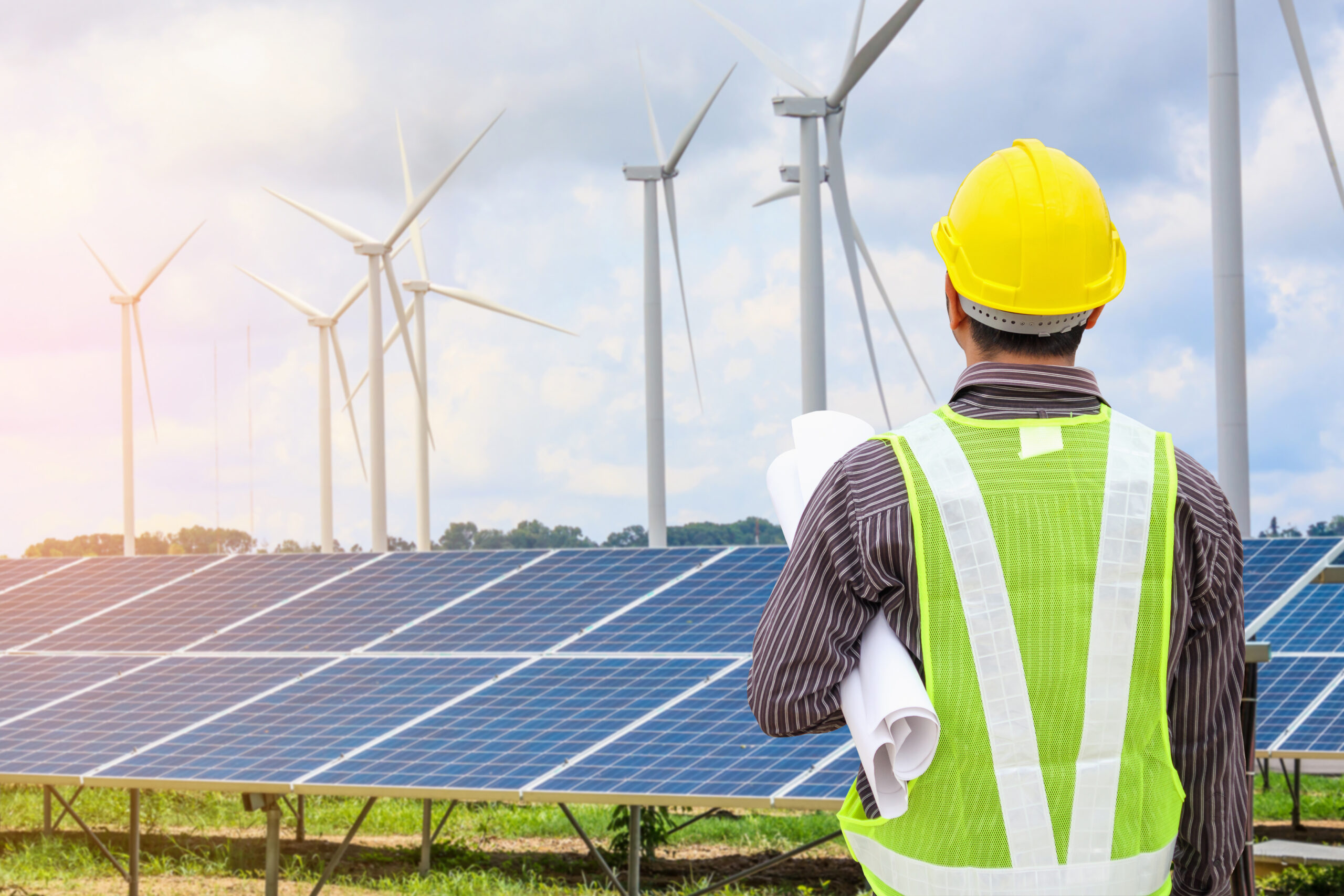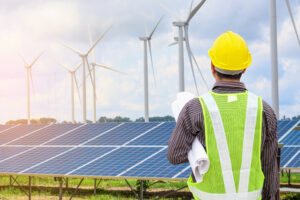01 Understanding the Drop in Efficiency
A decline in your solar system’s energy output can be alarming, especially if you rely on it for a significant portion of your electricity needs. Inefficiencies may stem from simple maintenance issues or more complex problems with the equipment. Before deciding on costly replacements, it’s important to assess the situation thoroughly.
Common Causes of Solar Panel Underperformance
1. Dirt and Debris Accumulation
One of the most frequent causes of reduced efficiency is dirt and debris accumulation. Dust, leaves, bird droppings, and pollution can block sunlight from reaching the photovoltaic cells. Even a light film of grime can cause a noticeable dip in output. Cleaning your panels every six months—or more frequently in dusty environments—can restore them to full functionality.
2. Shading
Shading is another silent efficiency killer. Over time, trees grow, and new buildings may be constructed nearby. Even partial shade on one part of a panel can affect the performance of the entire system if panels are connected in a series. It’s important to regularly check the installation site for any changes that could be causing increased shade.
3. Physical Damage and Wear
Physical damage from hailstorms, hurricanes, or debris impacts can cause cracks or breakages in your panels. These issues often go unnoticed until a significant drop in power output occurs. Similarly, over time, natural wear and tear can result in what is known as delamination—when layers of a panel separate due to prolonged exposure to the elements.
4. Inverter Issues
Inverter problems are another major culprit. The inverter is the heart of a solar system, converting DC electricity from the panels into usable AC power. If the inverter fails or becomes outdated, your system may continue to collect sunlight but won’t produce usable electricity. Inverters typically have shorter lifespans than the panels themselves and may require replacement after 10 to 15 years.
5. Wiring and Connection Faults
Electrical wiring and connection issues can also cause inefficiencies. Corroded wires, loose connections, or faulty terminals may lead to power loss. These issues are harder to identify without technical knowledge, so regular professional inspections are recommended.

02 Troubleshooting Your Solar System
Start by conducting a simple visual inspection. Are the panels visibly dirty? Are there cracks or discoloration? Check your system’s monitoring tool or app—if available—to review performance trends. A significant drop in output, especially on sunny days, could indicate an issue.
Next, inspect your inverter. Most inverters come with indicator lights or digital displays. A red or orange light typically signals a fault. In some cases, a simple reset of the system may resolve the issue.
If your panels and inverter appear intact, inspect the wiring and connections if you have the knowledge to do so safely. Look for signs of rust or wear. If you’re not comfortable handling electrical components, it’s best to consult a certified technician.
When Should You Consider Replacing Your Solar Panels?
While many issues can be fixed with cleaning or minor repairs, some situations call for replacing one or more panels. If your panels are physically damaged beyond repair, or if they’re an older model that has been discontinued, finding compatible replacements may be difficult.
In systems over five years old, it’s not uncommon to face issues where one or two panels fail while the rest continue functioning well. Replacing the entire array may not be necessary—in fact, it could be more cost-effective and sustainable to replace only the malfunctioning units.
This is where specialized services like those offered by GBP K.K. can help. We provide custom-manufactured replacement panels tailored to match the dimensions and electrical output of over 800 solar panel models, including those that are no longer in production. Whether you're facing issues from natural disasters, panel mismatch, or simple aging, our solutions minimize disruption and help you maintain maximum efficiency.
03 Planning for the Future
Regular maintenance and proactive inspections are key to preventing performance issues before they become critical. Consider investing in performance monitoring tools that alert you to dips in energy production. Also, keep detailed records of installation dates, model numbers, and warranty periods.
As your system ages, staying informed about advancements in solar technology and available replacement options will be crucial. In cases where replacements are inevitable, having a partner that understands legacy systems and offers tailored solutions can make all the difference.
Final Thoughts
Solar panels are built to last, but like any piece of technology, they require care and may eventually need repairs or replacements. By understanding the causes of inefficiency and knowing what steps to take, you can extend the life of your system and maximize your investment. If replacement becomes necessary, companies like GBP K.K. offer reliable, custom-fit solutions that restore performance without the need for a complete system overhaul.

